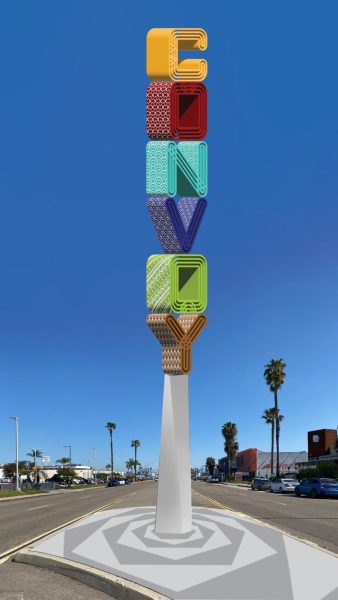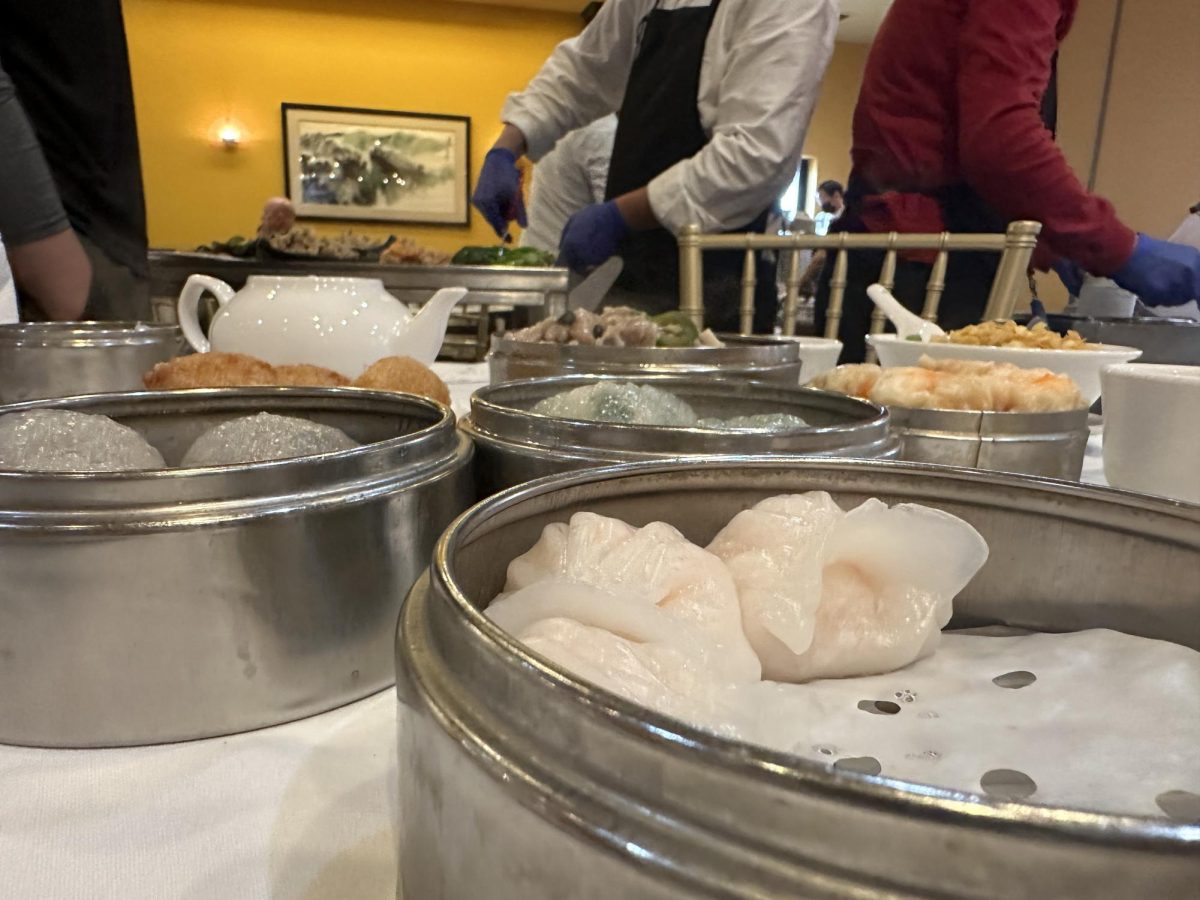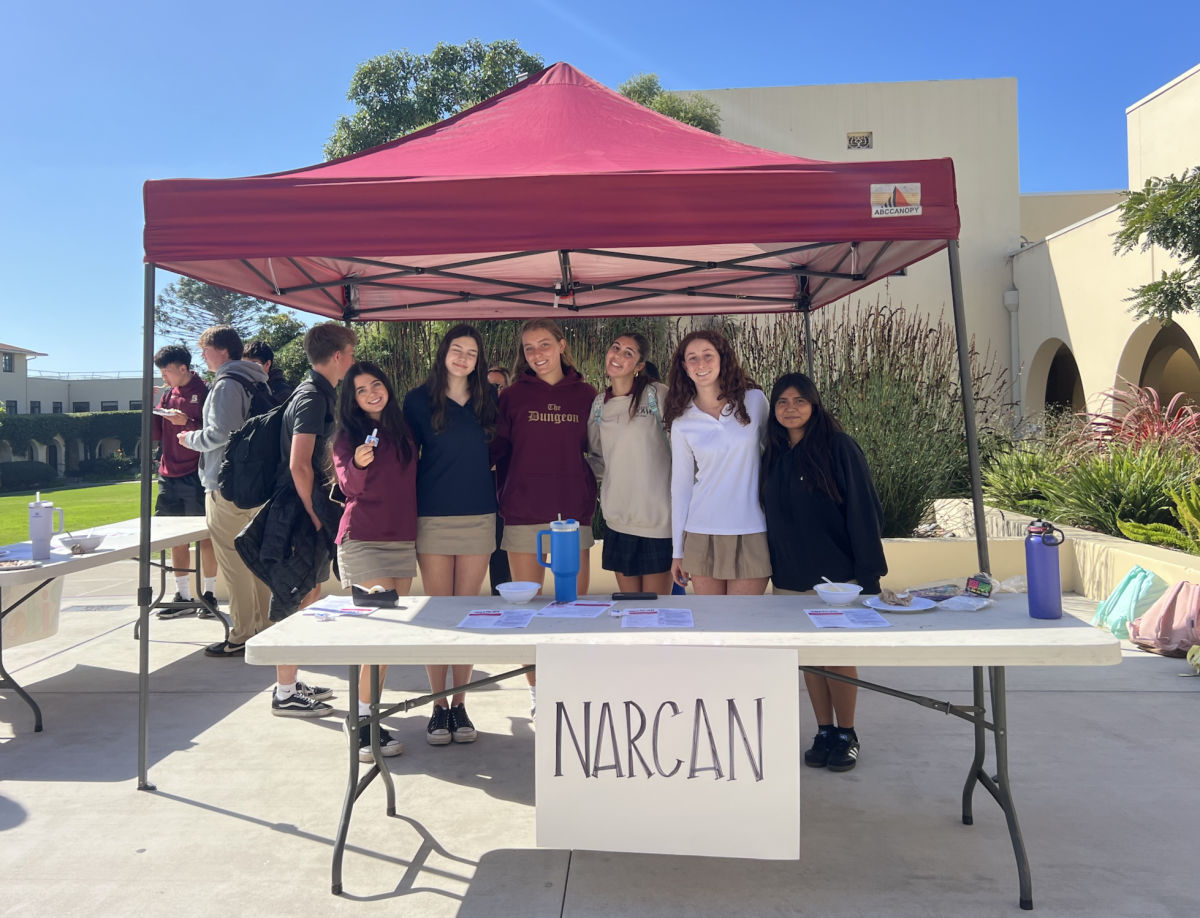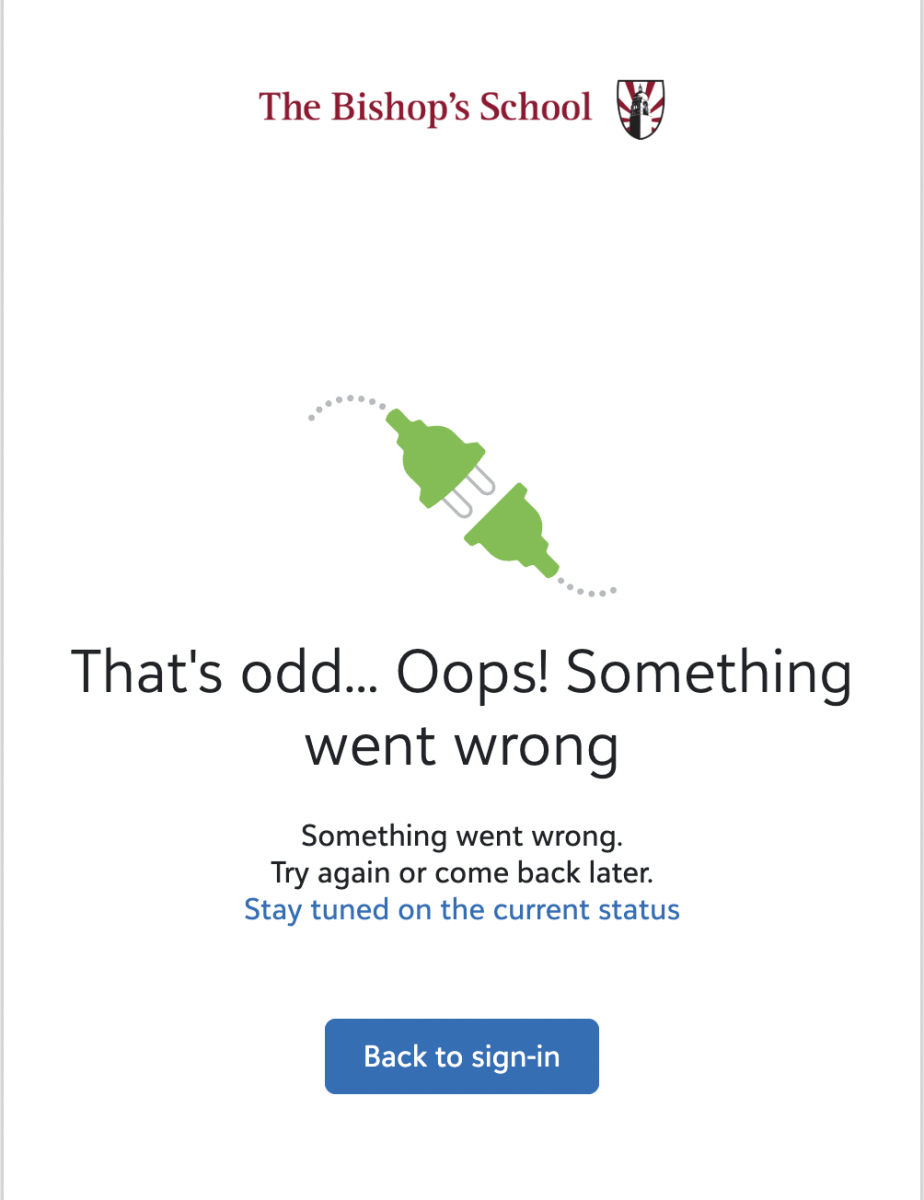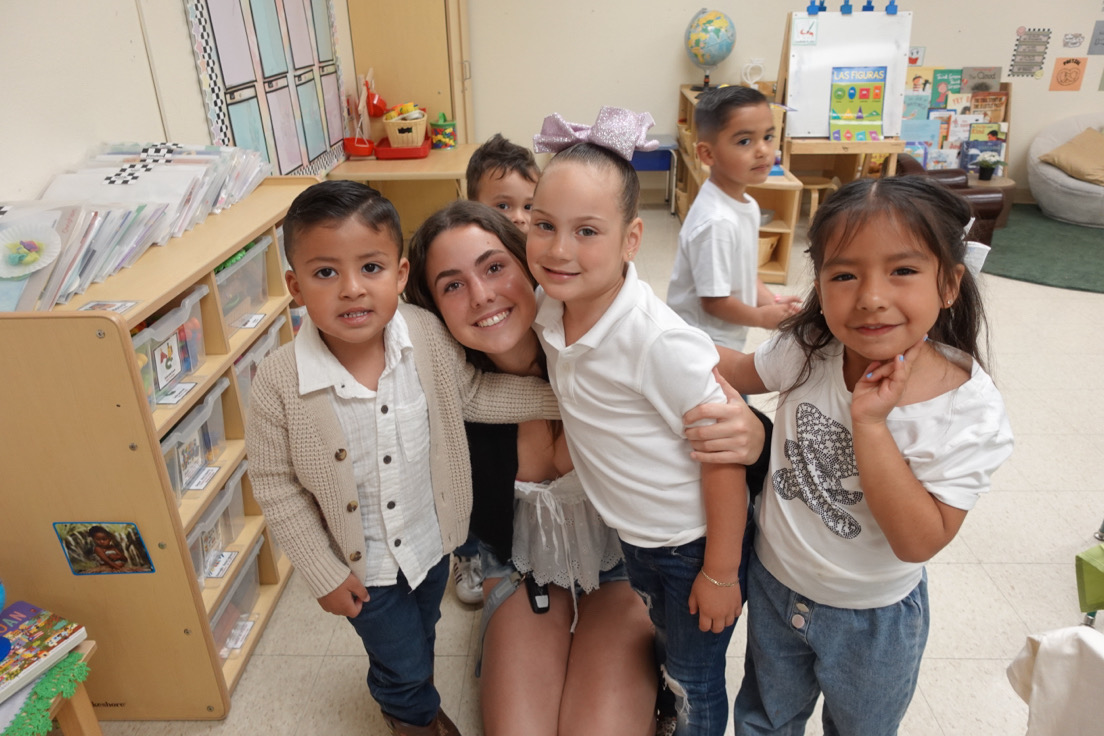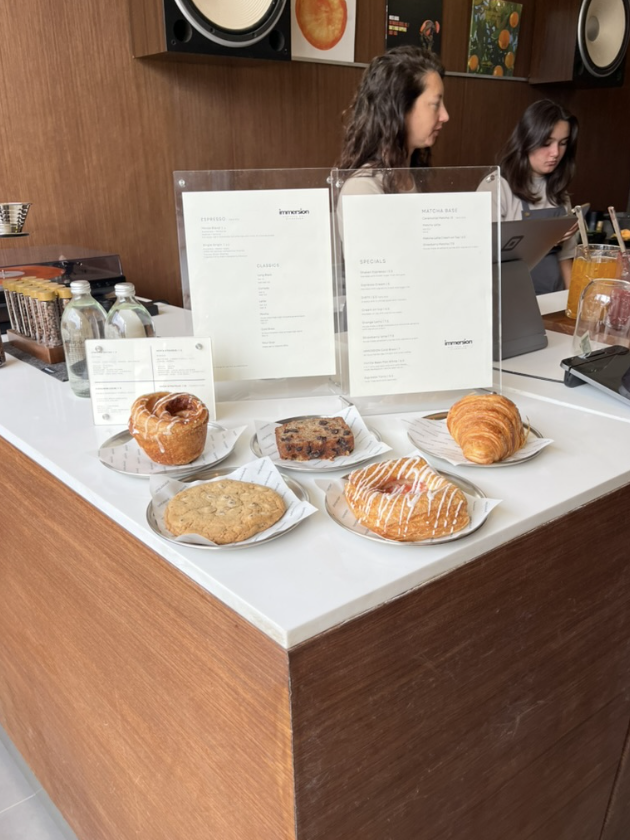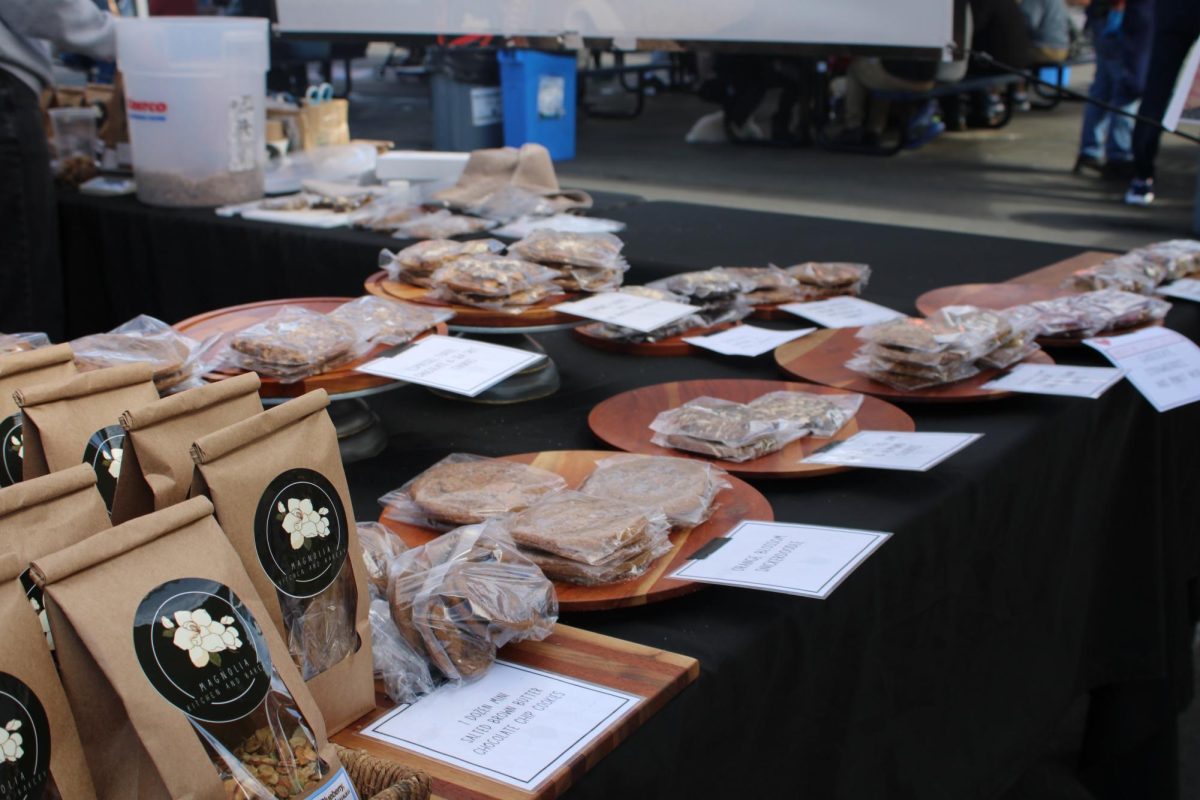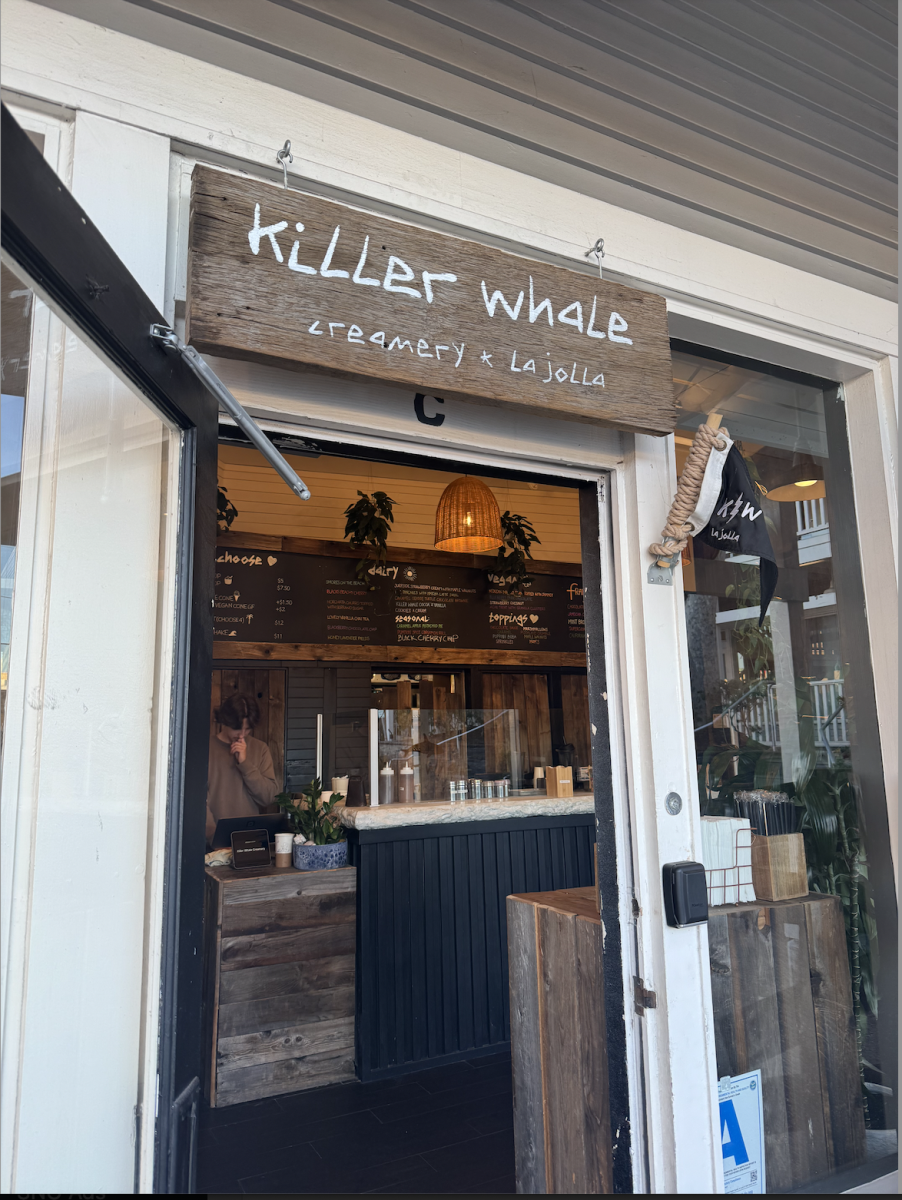On one corner, stone lions guard the entrance of a Chinese restaurant. Walk across the street and you’ll see lanterns hanging from the roof of a Japanese ramen bar. Large billboards tower over plazas with a combination of cuisines from Thailand to Vietnam to Korea. These are just some of the cultural features that hint to Convoy Street’s vibrance.
From sizzling Korean Barbeque to boiling bowls of Japanese ramen, Convoy is a hub of cultural diversity that has impacted the San Diego community — Bishop’s students, Asian business owners, and locals — through encouraging cultural exchange, education, and belonging. With around 410,752 Asians living in San Diego County, according to the United States Census Bureau, Convoy promotes a sense of collective Asian identity and belonging in the area.
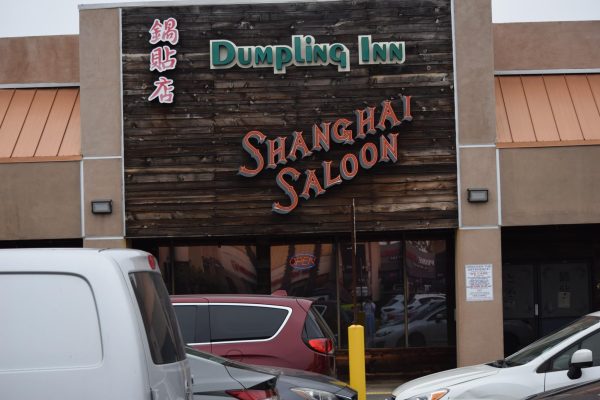
(Summer Hu)
For Selene Wang (‘25), who hasn’t been back to China in five years, Convoy “is a piece of home away from home.” As soon as she arrived in San Diego, she and her family drove to Convoy. She said, “It brings me more in touch with my own culture…I’m always happy to hear the familiar lull of Chinese as I sit down at my favorite restaurant,” which is Shancheng Lameizi Hotpot.
Gabby Gaspar (‘25) spent her childhood in Japan and said that Convoy has allowed her to reconnect with “people who have similar cultural backgrounds as me” through their favorite restaurants. She especially appreciates the Japanese grocery stores, such as Daiso and Mitsuwa, which offer a variety of products, ingredients, and flavors that remind her of Japan, such as Japanese yams, red bean desserts, and carbonated drinks like Ramune.
Although Convoy has always been a favorite spot for those familiar with the district, in recent years, they have received more recognition from the local government. In 2020, the area was officially designated as the Convoy Pan Asian Cultural and Business Innovation District, and in 2022, the Convoy District Partnership and Caltrans worked together to put up six freeways signs, raising around $30,000 to do so. This would allow hungry drivers to find Convoy with ease, bringing more foot traffic and attention to the area. These official recognitions only continue to help solidify and unite the Convoy community.
Special Events Director for the Convoy District Team Ms. Lauren Garces came to San Diego for college around a decade ago, and as a Filipina, she was “looking for a place and community where I could belong.” Convoy became that place. The road sign opening marked a significant milestone for Ms. Garces along with countless other Asians in San Diego. “It feels like our community is finally here. We’re finally represented. We’re on the map,” she said.
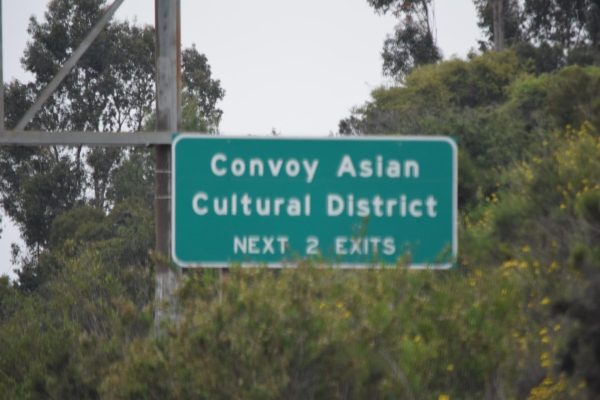
Mr. Allen Chan was one of the key people who brought Convoy into the limelight through his volunteering and advocating work for the district on a local government level. He owns the Jasmine Seafood Restaurant.
Founded in 1994, Jasmine is known as one of the most long-standing Asian businesses in Convoy and one of the largest Dim Sum restaurants in San Diego. Mr. Chan described feeling “very proud” when the freeway signs opened. “Finally the Asian population is being recognized as a district and is being advertised so that more people can know about us and about our district as a business center,” he said.
As a member of the Asian Pacific American Coalition (APAC) and the Convoy District Partnership, Mr. Chan also helped conduct the second census of San Diego City in 2010, which led to the establishment of District 6, a series of communities, including Miramar and Mira Mesa.
Former EASA leader and alumna Katelyn Wang (‘23) interned with the San Diego Asian Pacific Islander Coalition over the summer. She described the District 6 community as “tight knit.” During the rise of Anti-Asian Hate Crimes in the COVID-19 pandemic, the community united to advocate for protecting Asian businesses. The Convoy community also supports each other’s cultures. “They’ll all set out time to go to a cultural celebration or to a new business opening,” Katelyn said.
But Convoy wasn’t always the San Diego center of Asian cuisine that many know today. In fact, it was quite the opposite. “It wasn’t a restaurant street at all,” said Mr. Chan.
Mr. Chan remembered that there were only around 20 Asian businesses when Jasmine first opened in 1994. “Convoy was more of a car dealership street,” he said. He said that the immigration of different Asian groups, such as Koreans, Vietnamese, and Chinese, contributed to Convoy’s growth. Since then, the area has grown exponentially with over 350 Asian-owned businesses, according to Ms. Garces.
During the decade Ms. Garces has spent in San Diego, she feels that the area’s attention and popularity has skyrocketed. “We’re getting some international, famous chains that are coming to the neighborhood, but we also have some very long-standing mom and pop shops that have just withheld their time here,” she said.
These shops are the foundation of Convoy’s cultural exchange. Because Convoy is not a Chinatown or Koreatown like in other cities, there is more cultural diversity. “The fact that we are Pan-Asian is a very beautiful thing to share with folks,” said Ms. Garces. Convoy’s diversity also allows for Convoy-goers to not only have a taste of other cultures, but also fully immerse themselves in and learn about them.
In founding Jasmine, Mr. Chan strove to provide an authentic Hong Kong-style Dim Sum experience. He brought in chefs from Hong Kong and Canton, so “that you don’t have to fly to Hong Kong to experience authentic, good Chinese Dim Sum.”
Beyond experiencing Hong Kong cuisine, Jasmine also allows customers to learn about their culture. “We not only share Asian Cuisine, but also the dining culture,” Mr. Chan said. For example, when he used to work in the restaurant, Mr. Chan would teach diners proper tea etiquette and manners used in Asia. Once someone would pour a cup of tea, Mr. Chan would show others how to thank the pourer, putting two fingers onto the table to resemble a bowing person. In that way, he joked, everyone would bow to the “queen” or “king” of the table who was pouring tea, regardless of age.
There are also frequent cultural events that celebrate the different cultures in Convoy. During Asian-American and Pacific Islander Heritage Month, Katelyn participated in a live painting session at a festival event.
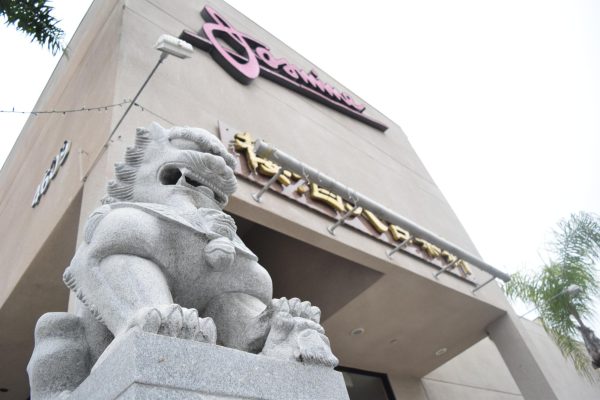
(Summer Hu)
Recently, during the Thai, Cambodian, and Laotian New Year, the Convoy District Partnership worked with local restaurants to create a dinner set and bring awareness to the holiday, which doesn’t get as much attention as the Chinese Lunar New Year. “We wanted to make sure Convoy is inclusive and welcoming of all communities because then it leads to more events, more people having amazing dialogues and conversations and really showcasing the way they want to see the neigh

borhood grow,” Ms. Garces said.
Henry Armstrong (‘25), who is not Asian, would drive through Convoy whenever he had a workout at a gym in the area. He described Convoy as “a great resource we are lucky to have…Being able to experience a culture you aren’t as familiar with is a great part of life,” he said. “It puts you out of your comfort zone and you can really find something you like in those situations.” It is like a “portal to Asian cultures, accessible to us right here in San Diego,” as Selene put it. This portal, she says, allows stereotypes to be refuted through cultural exchange. “We think food connects people in so many ways. It allows us to teach people about our different cultures through eating it,” Ms. Garces explained.
Drive down the I-805, CA-52, or CA-163 and you’ll eventually hit Convoy, which resides in the center. Convoy’s central location also adds to its value. Mr. Chan noted that this was one of the reasons that confirmed his decision to establish Jasmine in Convoy. It doesn’t matter if someone is located in Oceanside or Chula Vista, everyone can enjoy the Asian cuisine without having to drive far. “It’s very convenient and centrally located,” he said, “It’s a one-stop shop for everything.”
So what’s next for Convoy?
Ms. Garces sees a new generation of business-owners moving into Convoy. “There’s this new wave of these younger business owners taking over for their families or taking over the old spots, bringing in their new identity and vision for what this neighborhood could be,” she said.
Additionally, both Ms. Garces and Mr. Chan noted that the next big project for Convoy is to build it into a residential district. There are already plans to turn Zion Supermarket’s parking lot into a residential building. “Besides being a place where people can eat, play, enjoy, and work, now it can be a place that people can live. And that’s going to be a whole other vision for the neighborhood,” said Ms. Garces. Mr. Chan hopes to see the Convoy District to become sort of like a Little Italy, “so that people can live and work and shop in this area without having to drive half an hour to get here.”
For now, a 30-foot vertical neighborhood sign will be placed to mark the community’s presence — to show that the “community has made it” — according to Ms. Garces. Unlike the road signs, this large sign will be colorful and full of personality, likened to the ones that mark the big neighborhoods like North Park, Hillcrest, and Gaslamp.
“We showed the world this is what we built. We are on the map,” Katelyn said.
